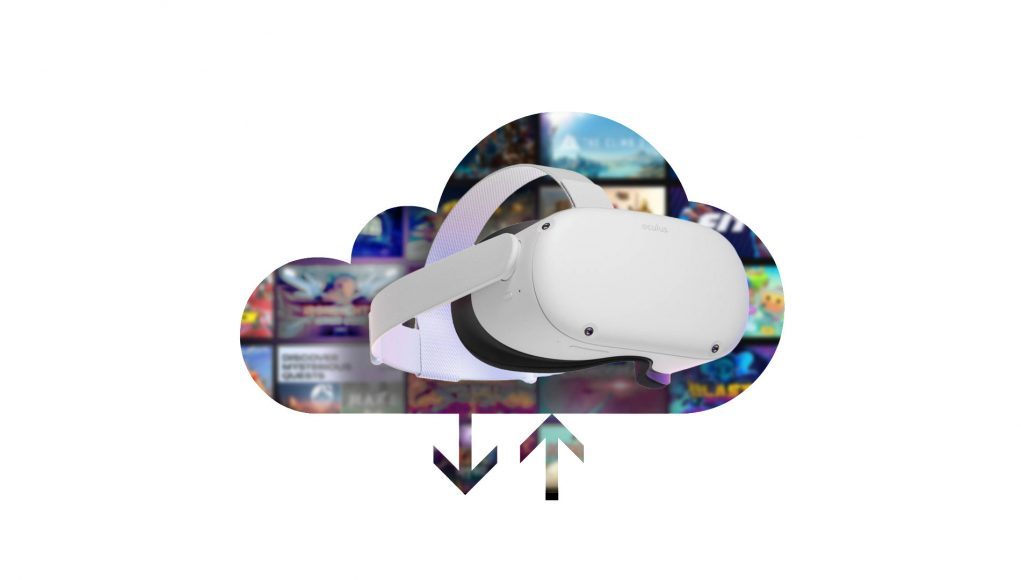It was first discovered years ago that Meta has been testing cloud game streaming to bring PC VR games to Quest, but the feature has yet to see the light of day (or even an official announcement). New evidence suggests the feature, codenamed Avalanche, is still in active development and may support specific games from the Oculus Studios catalog, like Lone Echo (2017).
Standalone VR is no doubt the most convenient way to play VR, but running VR content on what amounts to a smartphone chip is no small task. Developers need to drastically cut back on graphics and sometimes features in order to maintain acceptable performance in VR games.
Meta fortunately offers the Quest Link feature to stream PC VR content from your own gaming PC to the headset. This makes it easy to enjoy the high-quality visuals of PC VR games with the convenience of a tetherless headset.
But what if you don’t already own a powerful gaming PC? Well, you might be in luck.
Meta has long been testing a cloud game streaming feature for Quest, codenamed Avalanche, which would allow users to play PC VR games by rendering the game in the cloud and streaming it to the headset. It’s very similar to Quest Link, except instead of streaming from your own gaming PC, it’s streaming from a gaming PC that’s somewhere in the cloud.
References to Avalanche cloud game streaming on Quest have been spotted at least as early as 2022, but two years later the feature still hasn’t been launched or even announced.
But hope may not be lost. A new reference to Avalanche has purportedly been spotted in the experimental settings of the forthcoming Quest v67 update. Clicking the option even asks the user which specific game they want to play—in this case the only option shown is Lone Echo (2017), a seminal title in the early days of VR, and still a graphical showcase by most PC VR standards.
Though the Avalanche session never connected to the game, the goal is clear. Meta could use the feature to bring its catalog of impressive PC VR exclusives to a much wider Quest audience. This would mean players would get to play these games at much greater graphical quality than Quest would be able to handle on its own, and without Meta needing to make any major modifications to the titles.
Quest’s Avalanche feature would be far from the first PC VR cloud game streaming service out there. Similar offerings from third-parties like PlutoSphere and Shadow proved out the concept, but struggled to gain traction—in no small part because Meta doesn’t allow VR cloud game streaming services on the Quest store. This, unfortunately, wouldn’t be the first time the company actively disallowed certain services on its headset while building its own version.







